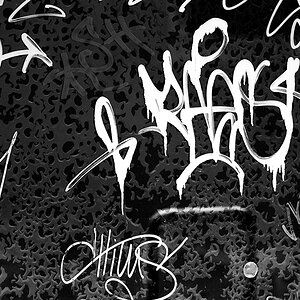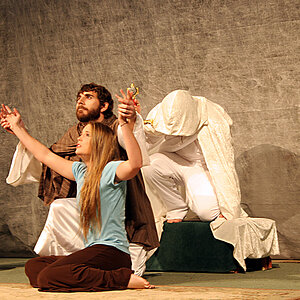LungFish
TPF Noob!
- Joined
- Nov 9, 2011
- Messages
- 84
- Reaction score
- 9
- Location
- Perth
- Can others edit my Photos
- Photos OK to edit
So I recently decided to do something different and got a macro lens. This is more or less the complete opposite of what I normally do because I'm used to shooting big things. This is what I have come up with so far. What do you think?
1) 1/1250, f/10, ISO 1250

Resting Dragon by clavain1, on Flickr
2) 1/500, f/13, ISO 1250

Paperbark by clavain1, on Flickr
3) 1/800, f/11, ISO 800

Skink by clavain1, on Flickr
All taken with Nikon D5000, Sigma 105 Macro
1) 1/1250, f/10, ISO 1250

Resting Dragon by clavain1, on Flickr
2) 1/500, f/13, ISO 1250

Paperbark by clavain1, on Flickr
3) 1/800, f/11, ISO 800

Skink by clavain1, on Flickr
All taken with Nikon D5000, Sigma 105 Macro



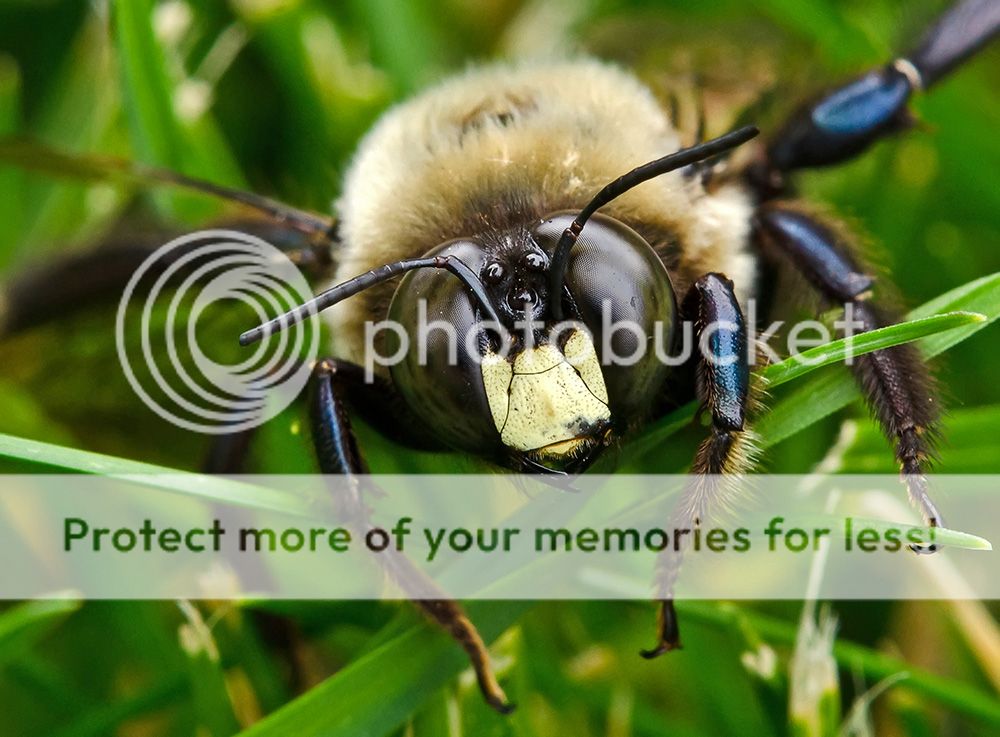




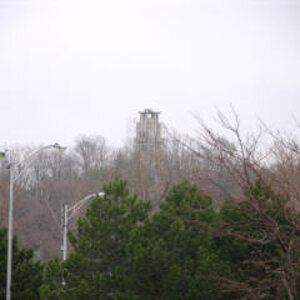
![[No title]](/data/xfmg/thumbnail/42/42273-78c0ae886bd5e6d47580353f398c92b9.jpg?1619740082)
![[No title]](/data/xfmg/thumbnail/31/31752-fcbc5aa4a94154b9c273592aa37b8b1e.jpg?1619734991)
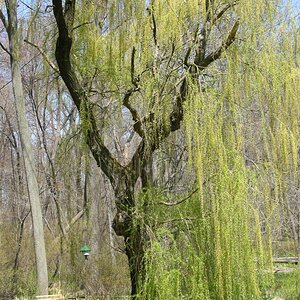
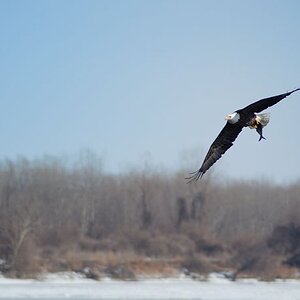
![[No title]](/data/xfmg/thumbnail/42/42066-badd1780980376f04f261f985a608adf.jpg?1619739998)
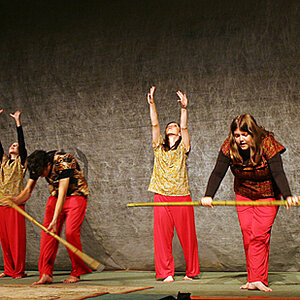
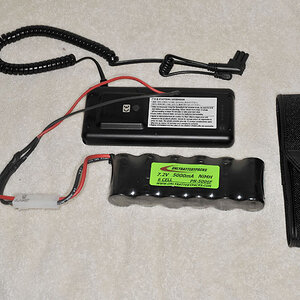
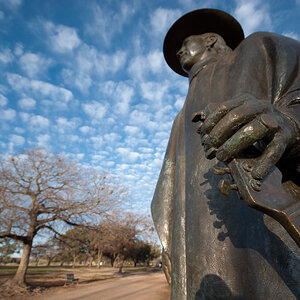
![[No title]](/data/xfmg/thumbnail/36/36666-189f65b1addbb68da2a43dc6f7206a01.jpg?1619737676)
